Official government website of the Government of the Kingdom of Saudi Arabia
Links to official Saudi websites end withgov.sa
All links to official websites of government agencies in the Kingdom ofSaudi Arabia end with .gov.sa
Government websites use theHTTPSprotocol for encryption and security.
Secure websites in the Kingdom of Saudi Arabia use the HTTPS protocolfor encryption.
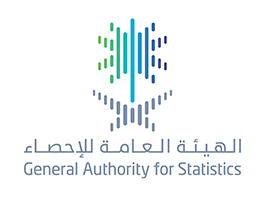
GASTAT: Consumer Price Index (CPI) Decreases and Annual Index Rises in October,2018
28-11-2018
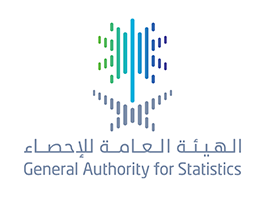
GASTAT Releases Internal Trade Survey Results Q2- 2018
25-11-2018
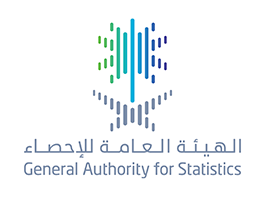
GASTAT: Saudi Workers Monthly Average Wage in Four Sectors: 10.238 SAR
21-11-2018

GASTAT Launches its Awareness Week for Students of General and Higher Education in Al-Jouf Region
21-11-2018
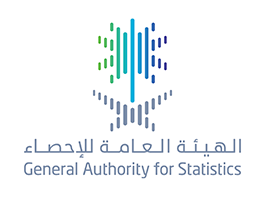
GASTAT: Index of Industrial Production Increased during the Second Quarter of 2018
18-11-2018
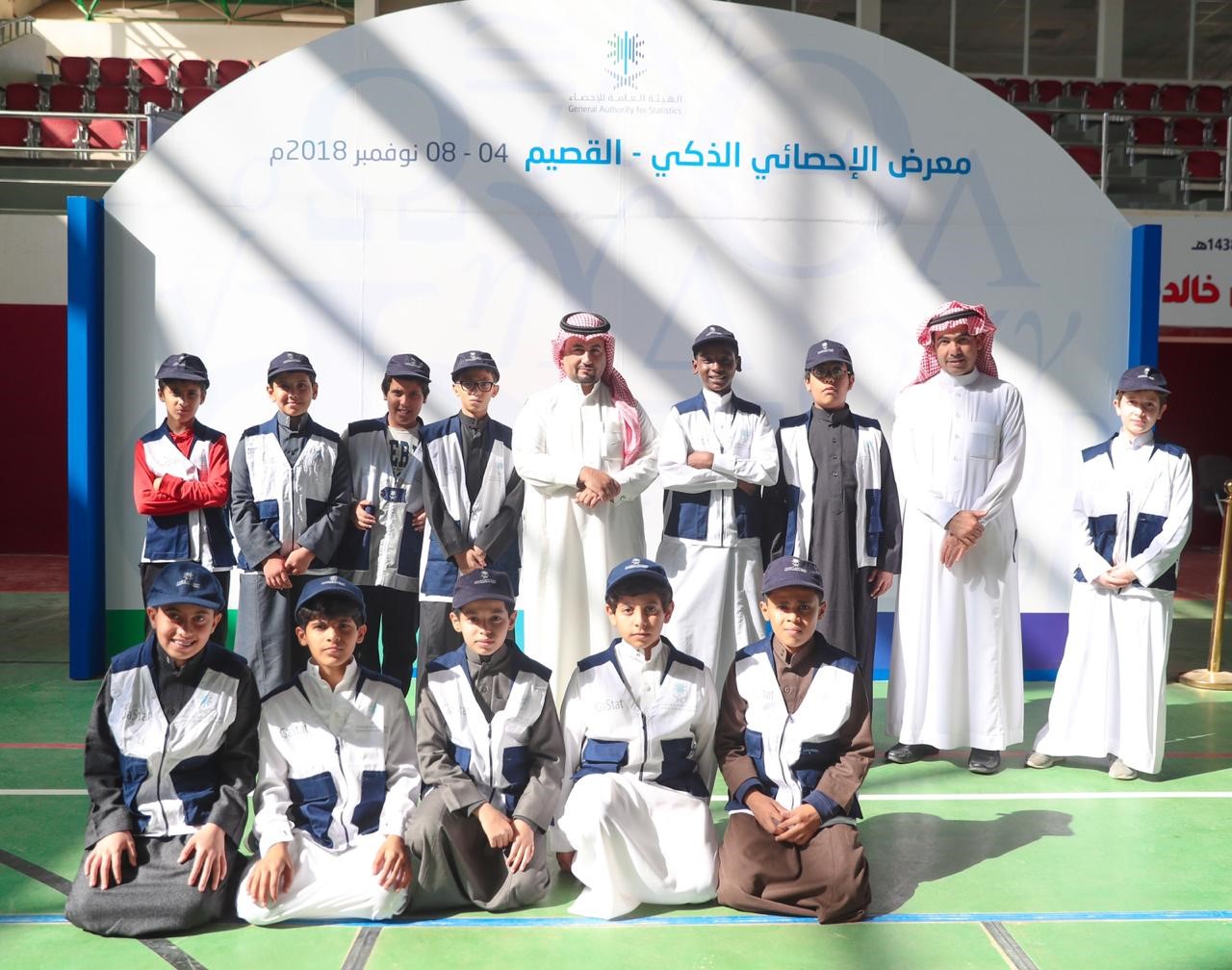
Qassim's Students Participate in Smart Statistician Exhibition
13-11-2018
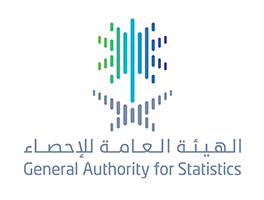
GASTAT: Number of Saudi Workers Working at Private Establishments Rose to 5.7%
07-11-2018
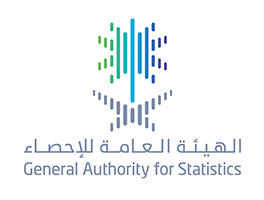
GASTAT: Per Capita GDP, Current Account of the Balance of Payments and Total Savings of the 2nd Quarter of 2018 Increased
06-11-2018

The coordination committee is holding its third meeting with 17 governmental entities
04-11-2018

GASTAT: Consumer Price Index (CPI) Decreases and Annual Index Rises in October,2018
28-11-2018

GASTAT Releases Internal Trade Survey Results Q2- 2018
25-11-2018

GASTAT: Saudi Workers Monthly Average Wage in Four Sectors: 10.238 SAR
21-11-2018

GASTAT Launches its Awareness Week for Students of General and Higher Education in Al-Jouf Region
21-11-2018

GASTAT: Index of Industrial Production Increased during the Second Quarter of 2018
18-11-2018

Qassim's Students Participate in Smart Statistician Exhibition
13-11-2018

GASTAT: Number of Saudi Workers Working at Private Establishments Rose to 5.7%
07-11-2018

GASTAT: Per Capita GDP, Current Account of the Balance of Payments and Total Savings of the 2nd Quarter of 2018 Increased
06-11-2018

The coordination committee is holding its third meeting with 17 governmental entities
04-11-2018